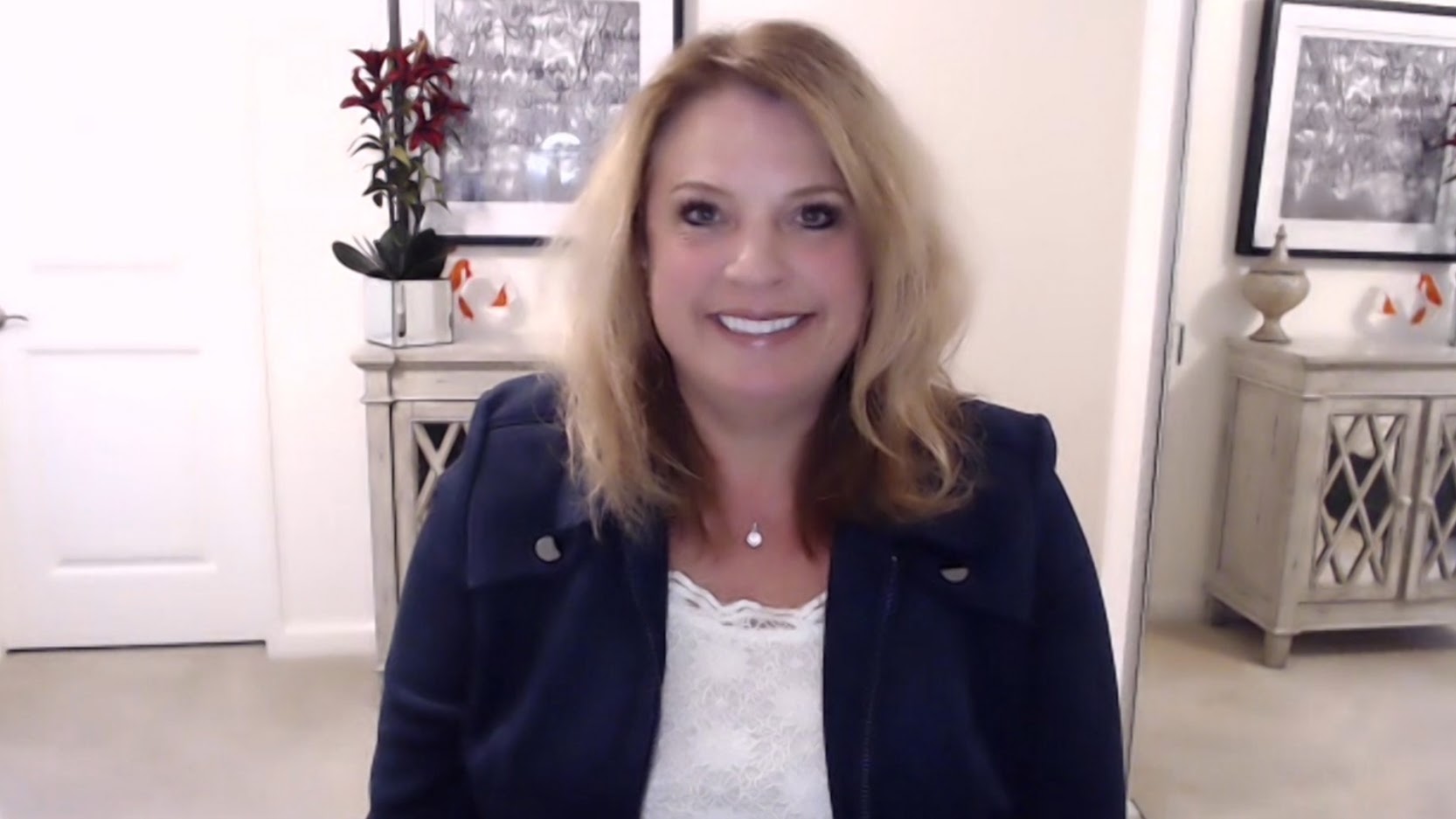 CLOUD
CLOUD
 CLOUD
CLOUD
 CLOUD
CLOUD
What is the perfect cloud strategy?
Decades after cloud computing entered the business lexicon, enterprises are still a long way from agreeing on a definitive model. The evolving workplace, proliferation of edge devices, and increasing complexity of hybrid and multicloud options continue to make the question problematic.
“All companies are still in that same mindset of ‘How do I want to think about cloud? How do I want to think about on-prem versus public versus a combination or some type of hybrid solution?’” said Cathy Southwick (pictured), chief information officer of Pure Storage Inc.
Southwick spoke with Dave Vellante, host of theCUBE, SiliconANGLE Media’s livestreaming studio, during theCUBE on Cloud event. They discussed best practices for CIOs and offered cloud strategy tips for both cloud-native and traditional companies.
Charged with defining cloud strategy, traditionally risk-averse chief information officers can dilly-dally with decision-making. Without the constraints of existing legacy systems, information leaders in born-in-the-cloud tech companies are more decisive, demonstrating how to turbo-boost the move to become digital and experience-based.
Gaining a view of both sides, Southwick built her career working to break the fossilized systems of 130-year-old telecommunications giant AT&T Inc. Then, she flipped the coin and moved to Silicon Valley as CIO of storage-as-a-service pioneer Pure Storage Inc.
Contrasting legacy versus cloud-native in terms of strategy, Southwick sees companies that were built on cloud as having the advantage of adopting a hybrid strategy from the outset, as well as being able to coordinate information technology and product development strategies with a cloud-focus from day one.
“Just like many other companies that are born in the cloud who can see what the advantages are very quickly, [Pure] made decisions early on that said that we were going to do both [on-premises and public cloud],” she said.
Customer needs should drive strategy, according to Southwick. “If our customers are going to the cloud, then we need to have products that can help them to be in the cloud or be on-prem and let them decide what that looks like,” she said.
This means providing applications that are portable and data that is mobile and secure. This isn’t possible without cloud, and specifically containers.
“Companies won’t have the ability to have that portability of their applications and have that flexibility that they’re all striving for unless they’ve done things like containerize their applications, made them that they’re able to move them across different cloud environments, whether that’s on-prem or off-prem, or some hybrid,“ Southwick stated. “That portability and being able to have control of your destiny — that’s, to me, what hybrid cloud is all about.”
As a leader, Southwick believes cloud is best approached with a hands-off attitude rather than as a top-down micromanaged journey. In her experience managing large technology teams, she has seen that while dynamics differ, employees and partners generally see the benefits of cloud and are eager to integrate cloud-based solutions with their workflow.
“Our teams on the operation side saw it as a huge advantage,” she said. “They saw it as an opportunity to modernize, to get both their individual skill sets advanced, as well as provide a better level of service for our internal customer.” The application and data partners that she has worked with view cloud as an opportunity to create more agile applications, decrease the time to market, and increase the relevancy of their applications.
One surprise barrier comes from micromanagement, according to Southwick. Heavy-handed executives and managers can become their own worst enemies when it comes to guiding teams through the cultural and operational changes that come with cloud adoption.
“One of my big moments was [realizing that] our individuals, our employees, our teams, they are so brilliant and so bright on driving change, and a lot of times leaders get in the way of it,” she said. “For cloud adoption … it was really about setting that North Star for where we want to go from the ability to deliver fast and quick for our business, and then get out of the way and let our teams drive.”
As a female CIO, Southwick is a role model for the future generation of technology leaders. Yet she says gender has been a nonissue during her career.
“I truly believe it’s irrelevant,” she said. In her opinion, leadership is about “chucking your ego and everything else out to the side” and empowering others. “Leaders need to set vision in what we want to achieve and let our teams help us drive to get there, and I think that that is gender-neutral.”
In the next decade, technology leaders will speed decision-making by dropping the politics and cutting through red-tape, predicted Southwick. “I think that’s been our challenge; we get mired into some of the details of some of these things, where maybe it would be easier for us to just make the decision and move forward than to keep going round and round on what’s the right way to do it,” she said.
Here’s the complete video interview, part of SiliconANGLE’s and theCUBE’s coverage of theCUBE on Cloud event:
THANK YOU